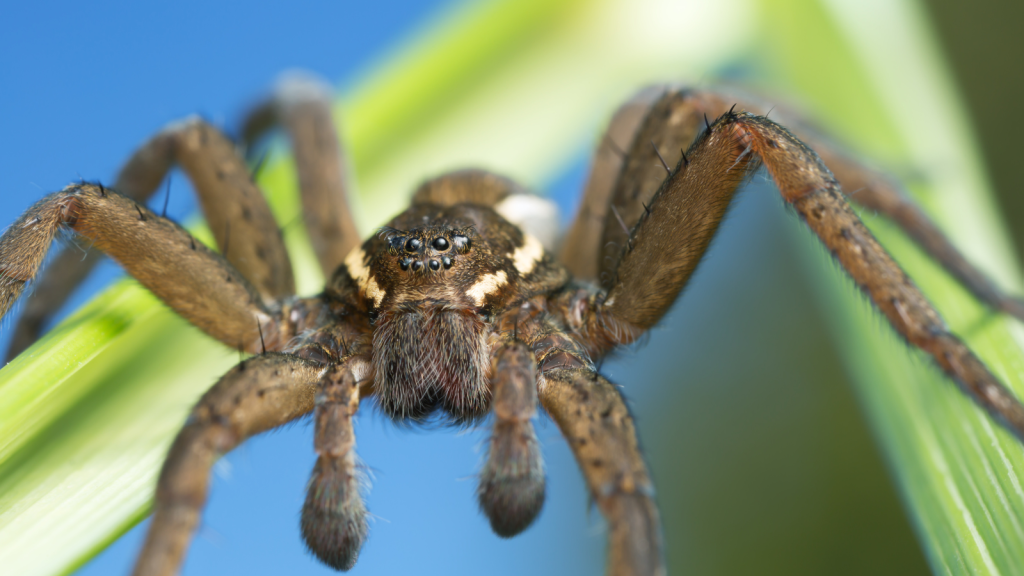The fen raft spider, Britain’s largest spider, is a true marvel of the natural world. Many of the larger media outlets in the UK demonized this spider, deliberately trying to create public panic with sensationalist nonsense like “Watch out, spiders the size of rats…” and other idiocy. These arachnids are not the size of rats and are harmless to humans. And they’re not likely to wander into your home.
Found in wetlands and marshes, this fascinating arachnid lives a life that’s more aquatic than most people imagine spiders could. From walking on water to its incredible hunting skills, the fen raft spider has adapted in unique ways to survive in its wet environment. Although it may seem intimidating at first glance, this spider plays a vital role in the fragile habitats it calls home. Here are 15 fascinating facts about this incredible spider that will leave you in awe rather than fear.
1. Britain’s Largest Spider
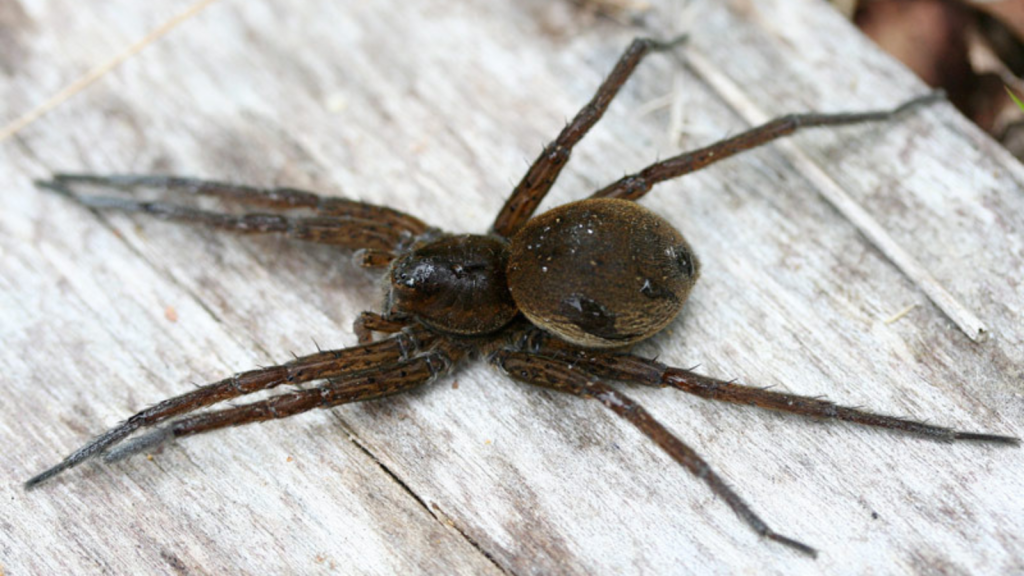
The fen raft spider is the largest spider in Britain, with a leg span reaching up to 7 centimeters. Despite its size, it’s not commonly seen because it prefers living in marshes and wetlands. Its large size allows it to capture relatively big prey, including small fish and tadpoles. In contrast to many other spiders, its long legs help it maneuver easily across water surfaces.
2. It Can Walk On Water
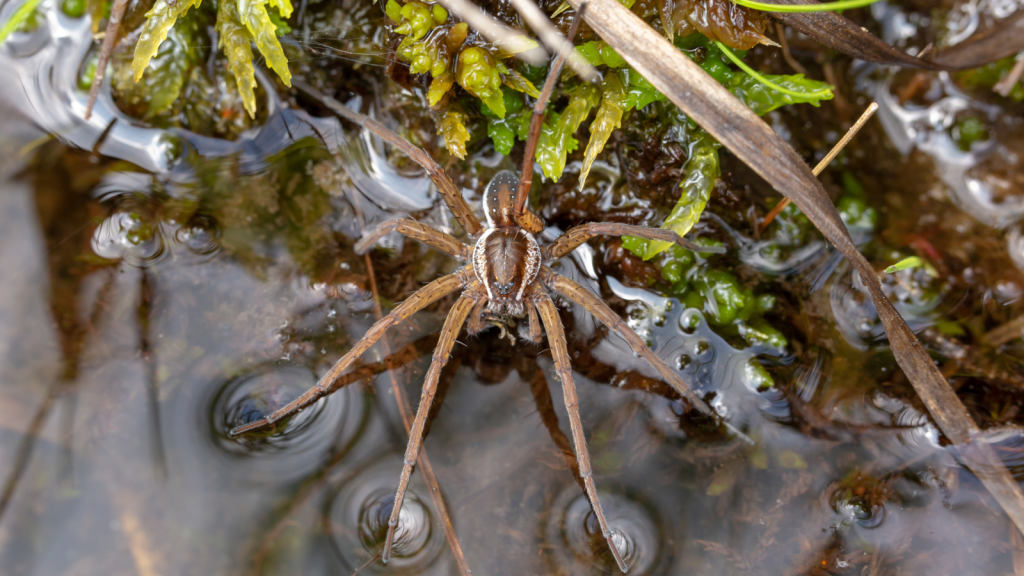
One of the most remarkable abilities of the fen raft spider is that it can walk on water. It uses surface tension to stay afloat and moves by spreading its legs wide and skating across ponds and streams. This allows it to hunt and travel across water without sinking. It can detect surface movements while walking, making it a skilled hunter even as it moves.
3. Found In Wetlands
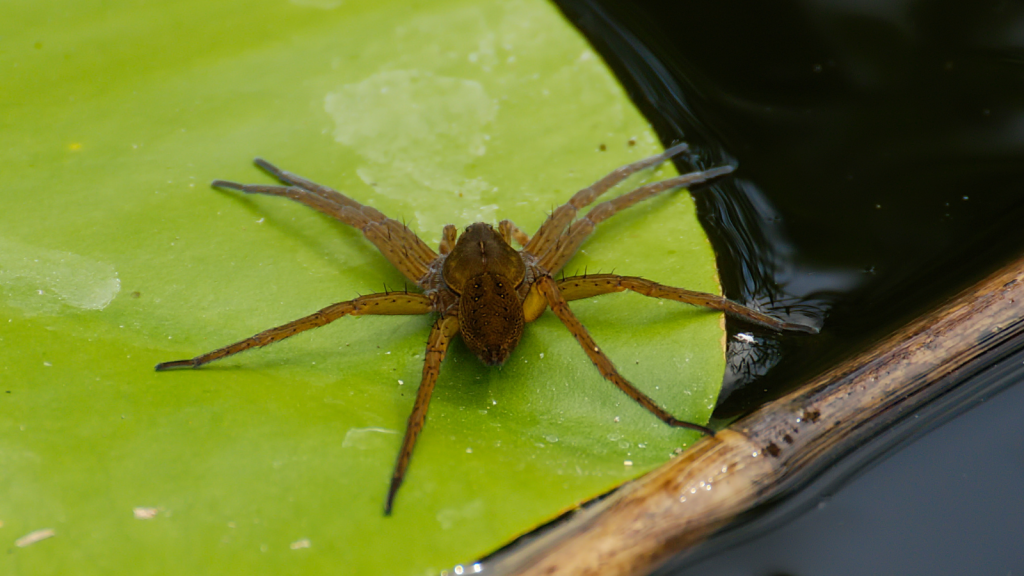
This spider is typically found in wetland areas, including marshes, fens, and ponds. It relies on these habitats for hunting and breeding. In the UK, its population is concentrated in a few protected wetland areas in Suffolk, Norfolk, and Wales. These areas provide the calm, shallow waters necessary for their survival and reproduction.
4. A Skilled Hunter
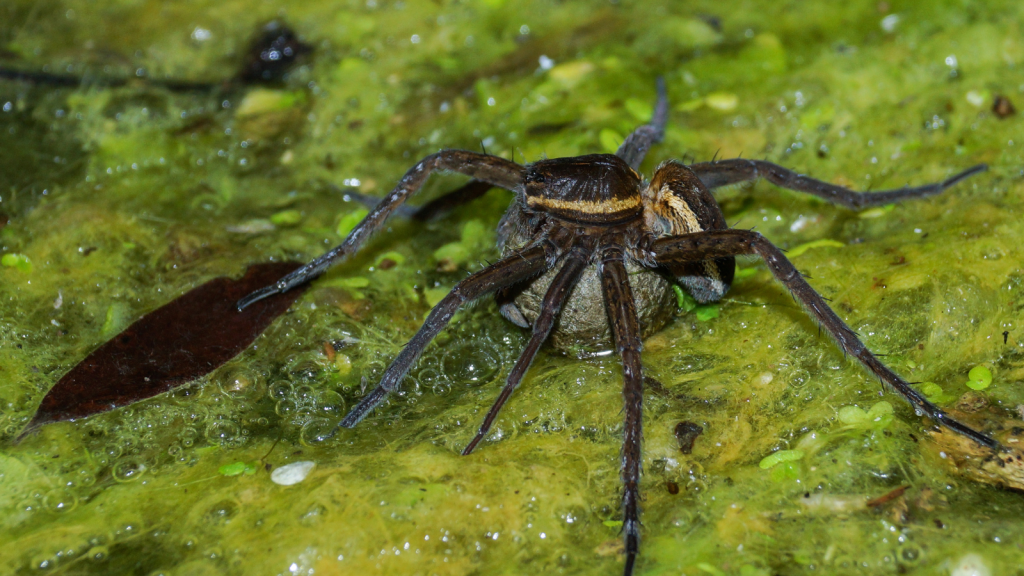
The fen raft spider hunts by waiting at the water’s edge for prey to come close. It uses its front legs to feel for vibrations on the water’s surface, detecting the movement of insects, small fish, or tadpoles. Once it senses prey, it pounces with incredible speed and precision. Its strong venom helps it quickly immobilize its aquatic prey, ensuring an efficient kill.
5. It Eats Aquatic Prey
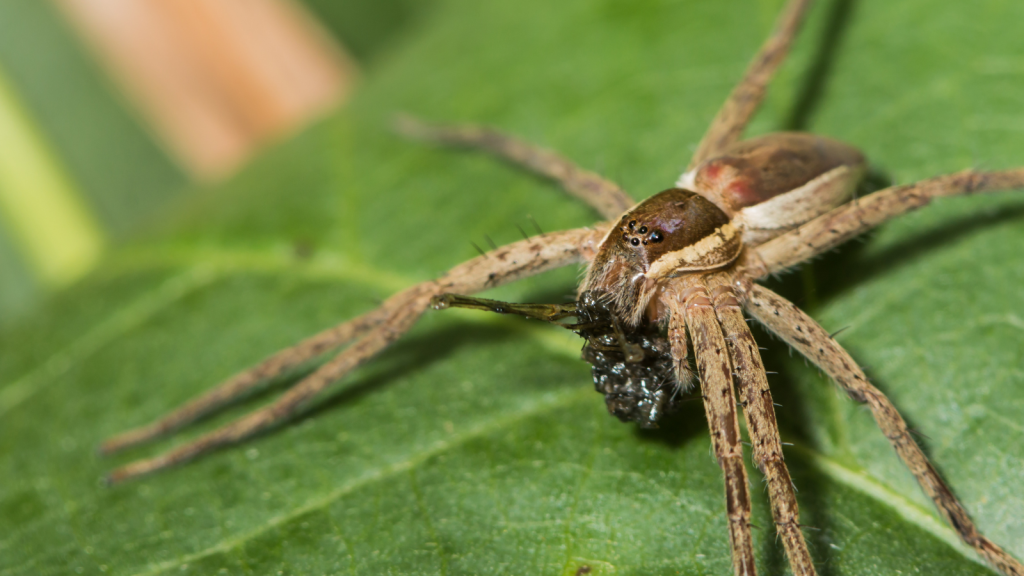
Unlike most spiders that hunt on land, the fen raft spider’s diet consists largely of aquatic creatures. It catches small fish, tadpoles, and water insects, subduing them with its venom before consuming them. This spider’s hunting technique is perfectly suited for its watery habitat. It also preys on larger terrestrial insects that come near water, showcasing its versatility.
6. Excellent Swimmer
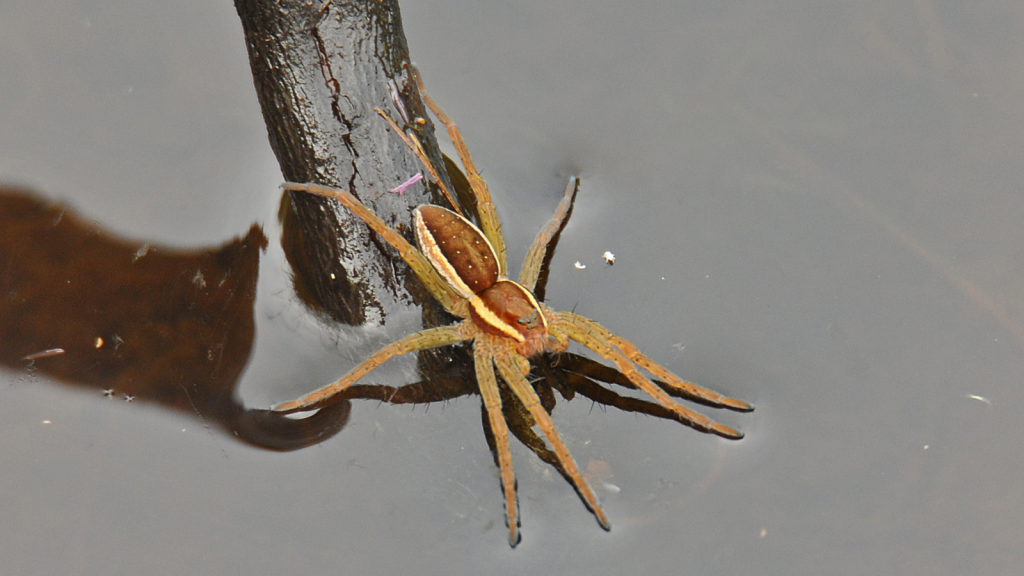
In addition to walking on water, the fen raft spider is also a capable swimmer. If it needs to escape danger or pursue prey, it can dive underwater and swim swiftly using its legs. It can stay submerged for up to 30 minutes if necessary, making it both a land and water predator. Its ability to swim and dive also helps it avoid predators, including birds and fish.
7. Conservation Success Story
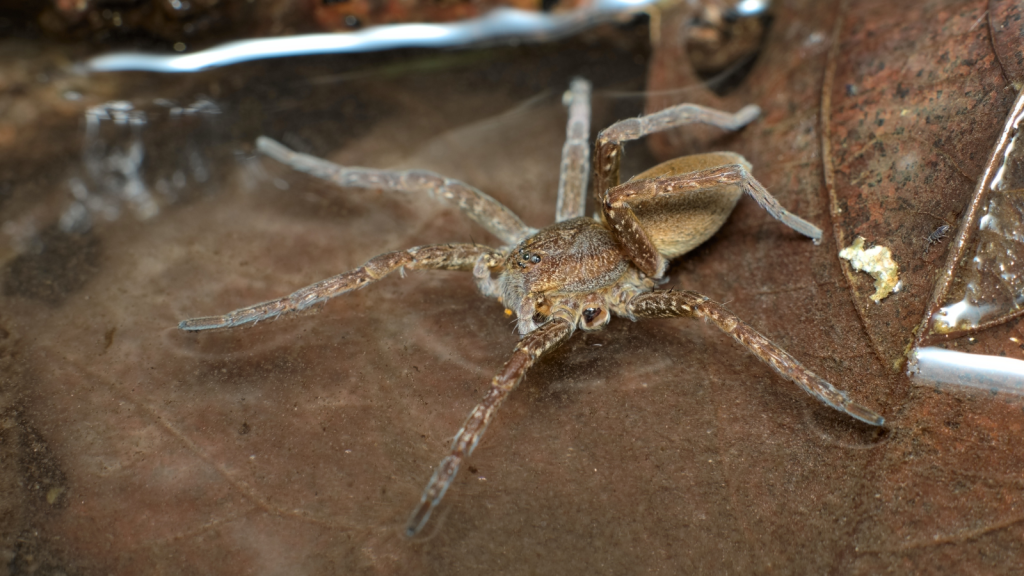
The fen raft spider is a conservation success story in the UK. Once critically endangered due to habitat loss, conservation efforts have helped to restore and protect the wetlands where it lives. Through habitat management and breeding programs, this species is making a slow but steady recovery. Efforts such as creating artificial ponds and managing water levels have been key to its comeback.
8. Females Are Larger Than Males
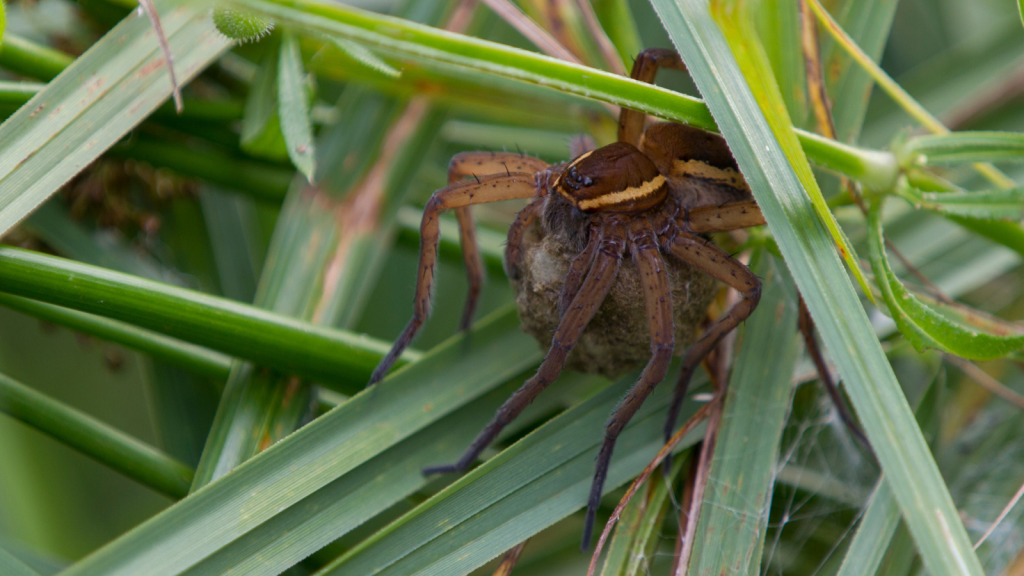
As with many spider species, female fen raft spiders are larger than males. The females can grow to nearly twice the size of the males, especially when carrying eggs. This size difference helps the females protect their egg sacs and ensures they can catch enough prey to support their young. Larger females are also more capable of defending their offspring from predators.
9. Carries An Egg Sac
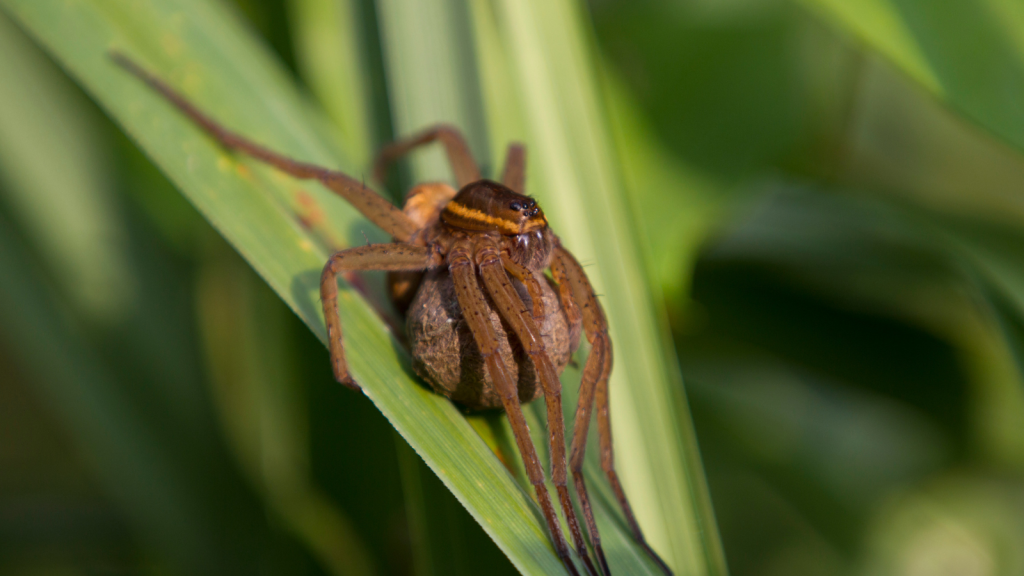
Female fen raft spiders are highly protective of their young. They carry their egg sacs in their jaws until the eggs are ready to hatch, ensuring they stay safe from predators and environmental dangers. This behavior allows the female to keep her eggs close and move them to safer locations if needed. The spider can produce up to 100 offspring at a time, making the egg sac highly valuable.
10. Builds A Nursery Web
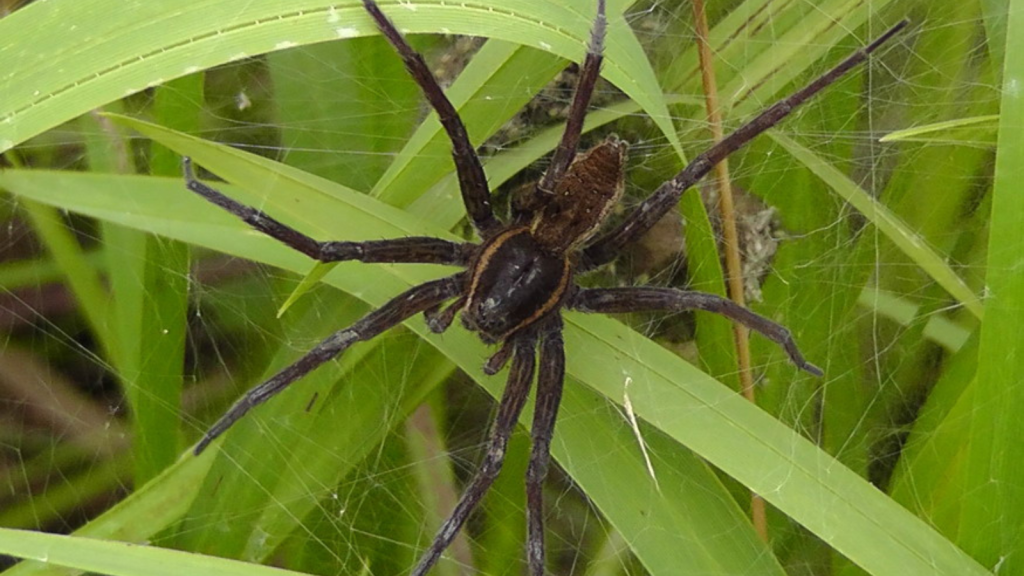
Once the eggs are ready to hatch, the female constructs a nursery web over the water where the spiderlings can safely emerge. The web provides a protective environment for the young spiders, which will stay there until they are ready to disperse. This is where the spiderlings develop their hunting skills under the watchful eye of their mother. The web helps them stay above water, preventing them from drowning as they mature.
11. Sensitive To Water Vibrations
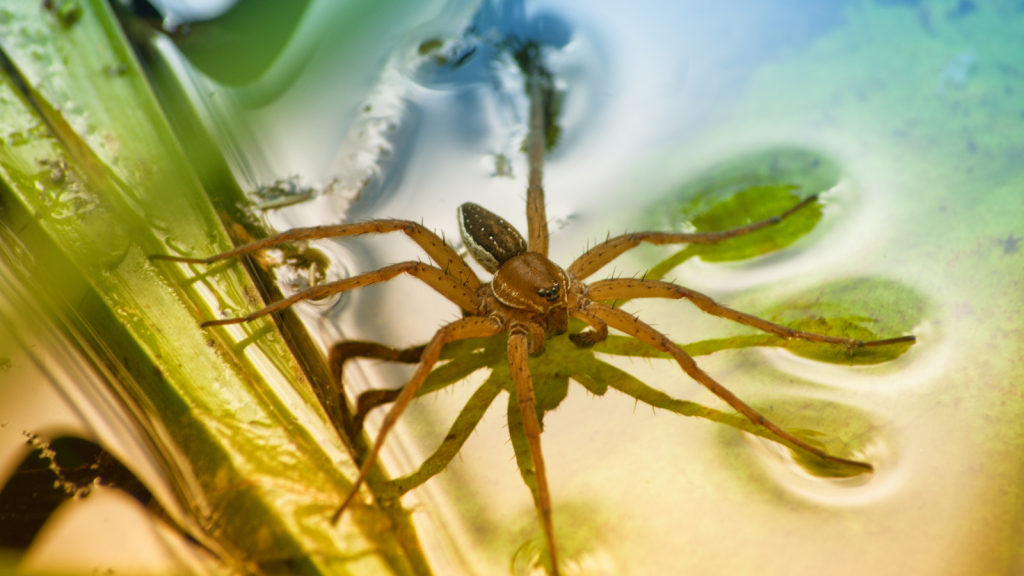
The fen raft spider has highly sensitive hairs on its legs that detect the slightest vibrations on the water’s surface. This is how it locates prey, even in the dark or murky waters. This sensitivity allows the spider to react almost instantly when potential prey or a threat is near. It can differentiate between prey, mates, and predators based on the pattern of vibrations.
12. Endangered Status
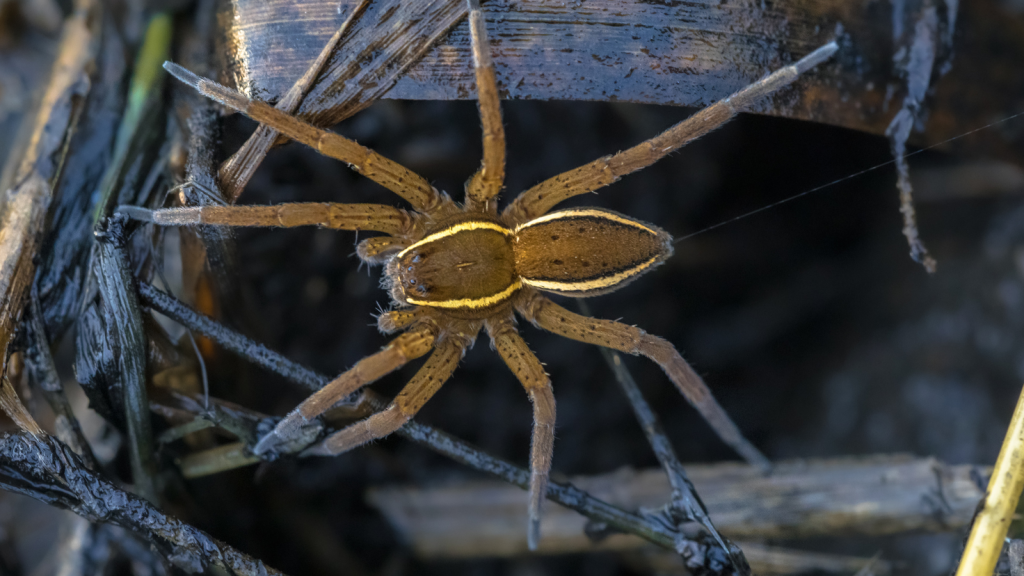
Despite conservation efforts, the fen raft spider is still considered endangered due to its dependence on fragile wetland habitats. The destruction and degradation of wetlands remain a major threat to its survival. Continued protection of its habitat is crucial to ensuring its future in Britain. Changes in water levels due to climate change also pose a growing risk to their habitat.
13. It’s Harmless To Humans
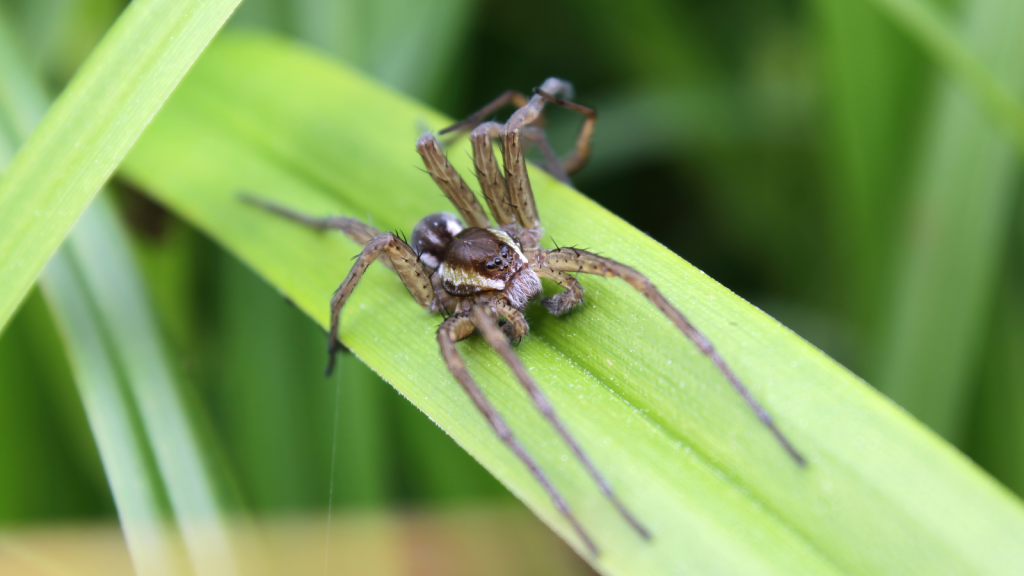
While the fen raft spider is large and may look intimidating, it poses no threat to humans. Its venom is designed to subdue small prey, and its fangs are not strong enough to cause harm to people. In fact, they are shy creatures and will avoid human interaction whenever possible. Their venom, though potent for their prey, is harmless to larger animals, including pets and humans.
14. Reintroduced In Protected Areas
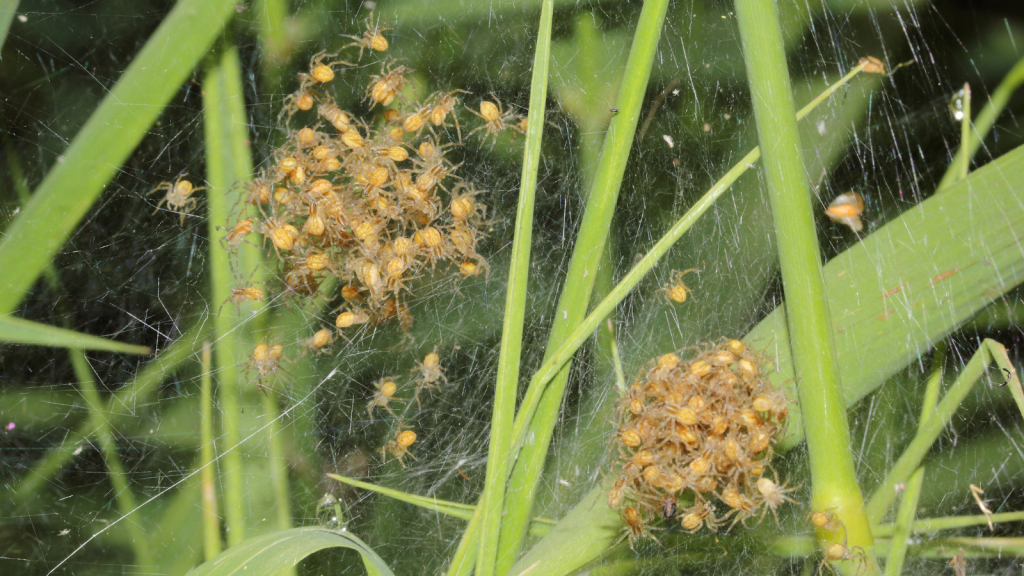
In recent years, conservationists have successfully reintroduced fen raft spiders to new wetland areas to boost their population. These reintroduction efforts have taken place in carefully managed reserves where the spiders have the best chance of thriving. This has helped increase the genetic diversity of the population and spread their numbers. Careful monitoring continues to ensure that these populations remain stable and expand.
15. Lives For Several Years
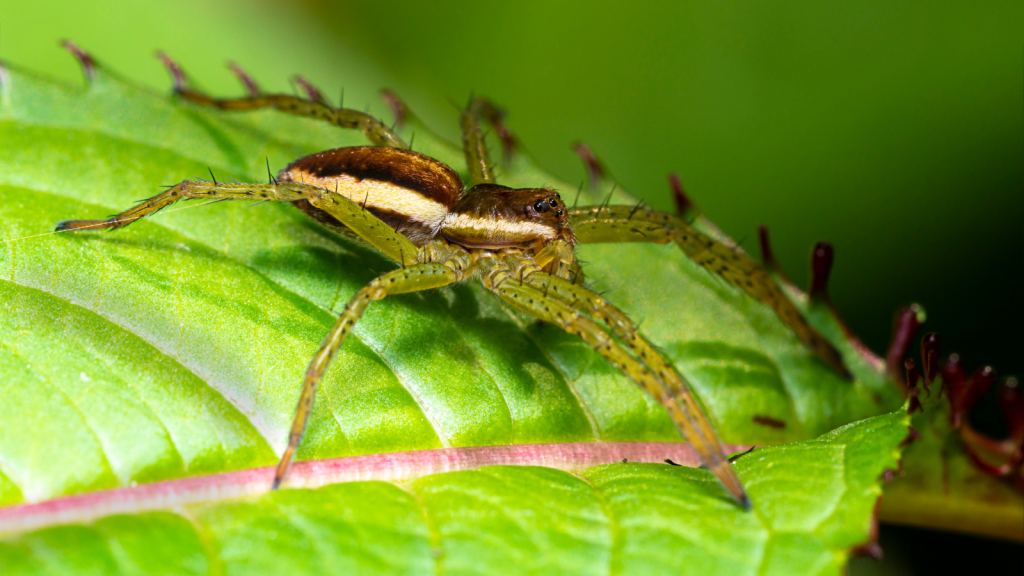
Fen raft spiders have a relatively long lifespan compared to other spiders, living for around two to three years. Females tend to live longer than males, especially if they successfully reproduce. Their longer lifespan allows them to breed multiple times, helping maintain their population. This lifespan is crucial for their survival in changing environments, allowing them to adapt and reproduce in variable conditions.

